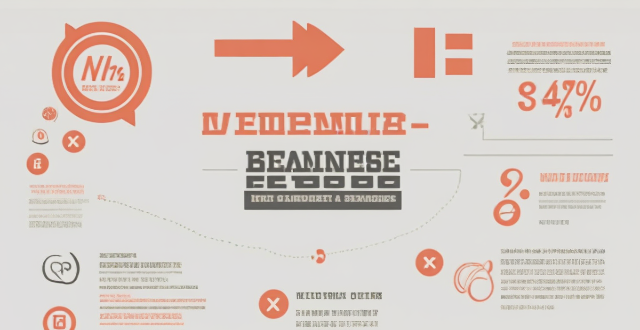The main difference between a Sample Sale and a Regular Sale is that the former is aimed at liquidating old stock, samples, or prototypes that are no longer needed for business operations, while the latter is intended to increase sales volume, attract customers, or clear seasonal merchandise. A sample sale often features more aggressive discounts since the goal is often to clear space rather than make a profit, whereas a regular sale offers new, unused products that are currently in season or about to be phased out.

What is the Difference Between a Sample Sale and a Regular Sale?
A Sample Sale and a Regular Sale are both events where goods are offered at discounted prices, but they differ in several key aspects.
Definitions:
- Sample Sale: A sample sale is typically an event organized by designers or retailers to sell samples of their products directly to consumers at significantly reduced prices. These items might be overstocks, discontinued designs, or simply samples that were used for promotional purposes or fashion shows.
- Regular Sale: A regular sale is a standard promotional event where retailers offer discounts on current stock to clear inventory, boost sales, or as part of a seasonal promotion like Black Friday or end-of-season clearance.
Key Differences:
1. Purpose:
- Sample Sale: Primarily aimed at liquidating old stock, samples, or prototypes that are no longer needed for business operations.
- Regular Sale: Generally intended to increase sales volume, attract customers, or clear seasonal merchandise.
2. Timing:
- Sample Sale: Often held irregularly and can be announced on short notice.
- Regular Sale: Usually planned well in advance and tied to specific retail calendar events such as holidays or seasonal changes.
3. Product Condition:
- Sample Sale: The products may be ex-display, have minor imperfections, or be out of season.
- Regular Sale: Typically offers new, unused products that are currently in season or about to be phased out.
4. Discount Levels:
- Sample Sale: Can feature more aggressive discounts since the goal is often to clear space rather than make a profit.
- Regular Sale: Discounts are usually less deep but still attractive to encourage purchase.
5. Target Audience:
- Sample Sale: Often attracts bargain hunters and fans of the brand looking for unique pieces at low prices.
- Regular Sale: Appeals to a broader audience looking for deals on current trends and popular items.
6. Inventory Management:
- Sample Sale: Helps manage excess inventory that is not likely to be sold at full price.
- Regular Sale: Part of a strategic approach to managing seasonal stocks and ensuring high turnover rates.
Conclusion:
While both types of sales offer consumers the opportunity to buy products at reduced prices, a sample sale tends to be more focused on clearing out older or surplus stock with deeper discounts and potentially less selection. On the other hand, a regular sale is more about promoting current merchandise and may offer a wider range of products at slightly higher prices compared to those in a sample sale.